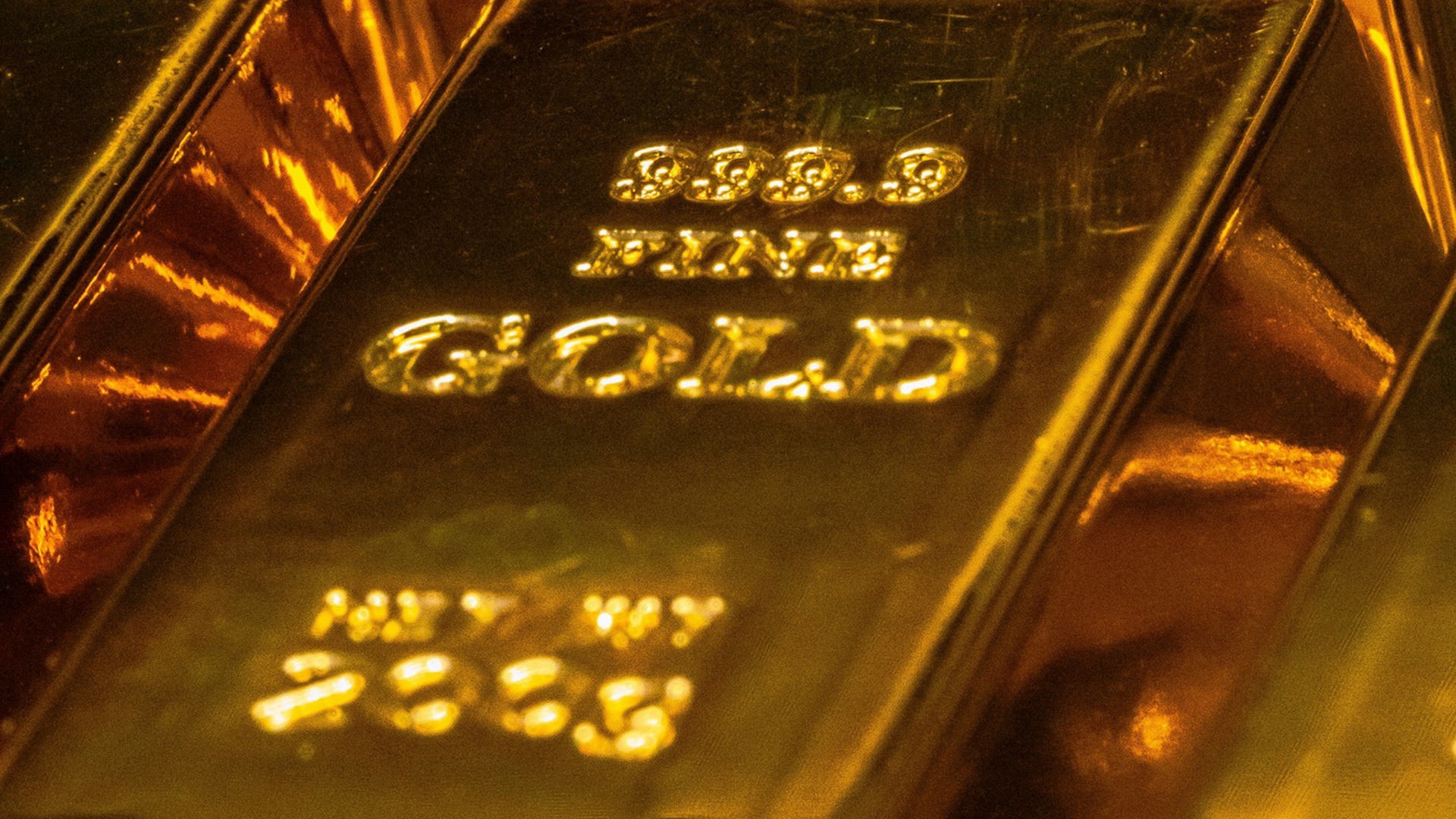

Gold has long been lauded as the ultimate safe-haven asset, a time-tested refuge for wealth in periods of economic and geopolitical turmoil. But as recent history and market behavior show, gold’s reality as an investment is far more complex. While it remains a hedge against uncertainty, its volatile price swings and sensitivity to macroeconomic levers mean that gold is not immune to declines, which can sometimes be sharp. Although the precious metal remains in a long-term uptrend, with spot prices peaking above $4,382/oz earlier this year, recent trading has seen dramatic corrections that challenge its status as a safe haven. Investors who indiscriminately bought in at the height of gold euphoria may now find themselves learning a painful lesson: gold’s safety is contextual, not guaranteed.
Gold's meteoric 66% rally in 2024–2025 drew breathless headlines and enthusiastic retail flows, yet markets have been swift to reverse. The recent drop below $4,000/oz and conditions leading to gold's worst one-day loss since 2013 expose the volatile underbelly behind the safe-haven façade.
Multiple catalysts contributed to the pullback. The U.S. and China reached a trade negotiation framework, easing geopolitical tensions. Equities rallied, especially tech stocks, on the back of the AI bubble, prompting a return to risk-on sentiment and reducing demand for gold as a hedge. Furthermore, technical indicators like MACD signaled a loss of momentum, while profit-taking among speculative positions triggered price declines.
Retail enthusiasm, particularly around events like Diwali, has waned. Heraeus reported that gold and silver ETFs saw net inflows even during price drops, indicating some investors still believe in the long-term outlook. However, soaring volatility (with the CBOE Gold Volatility Index hitting a five-year high) suggests nerves are fraying.
Three traditional forces drive the price of gold: the value of the U.S. dollar, real interest rates, and geopolitical uncertainty. Starting with the U.S. dollar, its value serves as a fluctuating benchmark for gold prices. Generally, a weaker dollar leads to higher gold prices. However, the term "value" extends beyond mere exchange rates; it encompasses aspects like monetary and fiscal policy decisions, global confidence in U.S. governance, and trade relations. When confidence in the dollar erodes, often due to political instability or inflation fears, gold prices tend to rise. This pattern was evident in 2025 when the Trump administration's decision to oust a Federal Reserve governor caused concerns about the Fed's independence, sparking a rally in gold prices as expectations grew for looser monetary policy.
Another key factor influencing gold’s price is real interest rates. Gold does not generate yield, so its opportunity cost becomes more attractive when real interest rates are low or even negative. Interestingly, during gold's recent surge, the correlation with real yields has been weaker than usual. This suggests that other elements, particularly geopolitical tensions and speculative momentum, are significantly influencing the market.
Finally, geopolitical instability and uncertainty have historically had a substantial impact on gold prices. Events like escalating trade tensions between the U.S. and China, discussions of a potential Cold War resurgence, prolonged U.S. government shutdowns, and the unpredictable return of Donald Trump to the global political arena have all contributed to a climate of uncertainty that fueled a notable rally in gold earlier this year.
While some analysts point to central bank purchases as a potential fourth driver of gold prices, these actions often reflect the underlying influences of the dollar's weakness, low yields, and political instability. Central banks typically increase their gold reserves in response to these factors, further reinforcing the traditional forces that drive gold's value.
Looking ahead, several broader factors continue to support the idea of a structural bull market for gold. First, while the U.S. dollar has found some temporary support amid economic optimism, it remains vulnerable to political shocks and the risk of economic mismanagement. Additionally, the Federal Reserve appears to be moving towards ending its quantitative tightening, signaling a potential shift towards renewed monetary easing.
Geopolitical tensions, particularly the ongoing complexities of Cold War 2.0 with China and potential flashpoints such as Venezuela, are also contributing to an unstable economic landscape. Moreover, the rising calls for a universal basic income in response to job displacement caused by AI introduce another layer of fiscal uncertainty. Together, these elements create a fertile ground for a resurgence in gold's strength.
Navigating gold’s future means looking past the myth of the always-reliable haven and understanding the nuances of the market. Timing is crucial. As history shows, mistiming a run in gold can be as painful as investing in risk assets during a downturn, as seen during the Global Financial Crisis, when gold fell 30%, despite being perceived as a shelter.
For now, gold is in correction mode. Resistance at $4,100/oz and support at $3,750/oz will be critical technical zones in the coming weeks. The psychological $4,000 mark remains an important threshold for market sentiment. But if you believe that the world's macro risks, monetary policy missteps, political instability, and technological disruption are structural, then the gold story is far from over. Just be prepared for a wild ride.
Gold is not for the faint of heart. It shines brightest when chaos reigns, but you’ll want to buy it before the crisis hits, not during the peak of panic. As with any asset, understanding the fundamentals rather than chasing headlines is the key to striking gold.